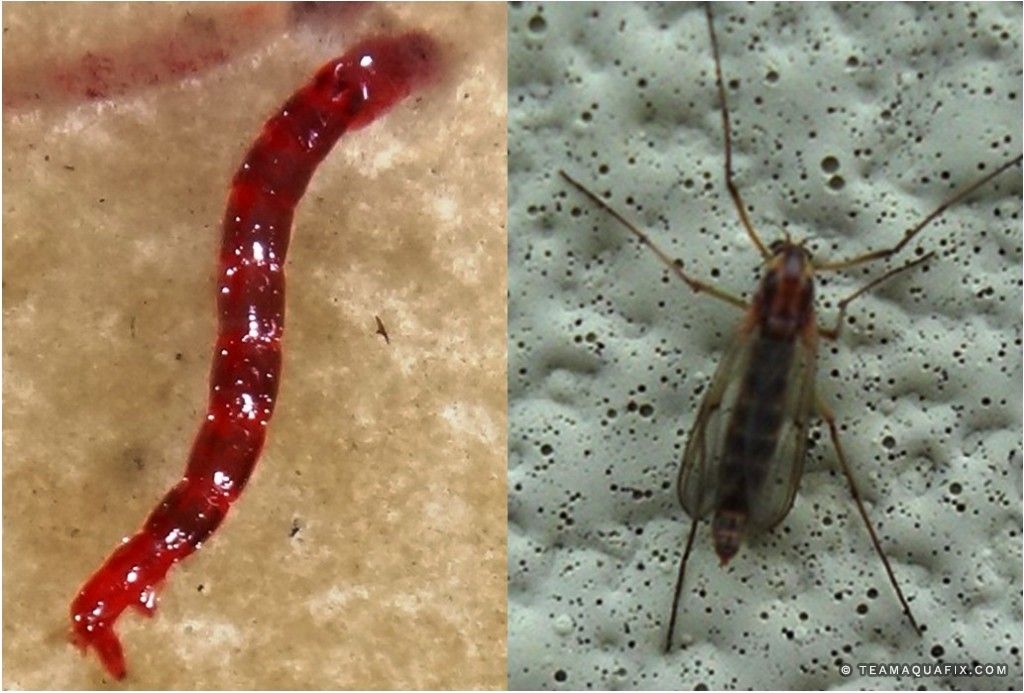Using Red Wigglers for Effective Organic Waste Disposal
Using red wigglers for organic garbage disposal provides a compelling technique to managing food scraps while advertising environmental sustainability. These worms not just enhance waste disintegration but additionally yield beneficial worm castings, which can dramatically enhance dirt health. Their capacity to process big quantities of organic product with minimal effort placements them as an easily accessible solution for families and areas alike. Comprehending the subtleties of setting up a successful worm container and keeping an optimal habitat is vital for optimizing their benefits. The next action in this procedure might surprise you.
Advantages of Using Red Wigglers
One of the most compelling advantages of using red wigglers for organic waste disposal is their amazing effectiveness in composting. These worms, scientifically known as Eisenia fetida, are especially adapted for breaking down natural materials, enabling them to refine waste up to two times their body weight each day. This rapid decomposition not just accelerates the composting procedure yet also generates nutrient-rich worm castings that substantially improve soil high quality.
Furthermore, red wigglers add to a decrease in garbage dump waste. By diverting organic products from land fills, they assist lessen methane discharges-- a potent greenhouse gas. This eco-friendly advantage is critical in the battle against climate adjustment.
Additionally, red wigglers are low-maintenance and can prosper in different environments, making them accessible for both amateur and seasoned composters. Their capability to recreate quickly makes certain a consistent population, facilitating recurring waste processing.
Setting Up Your Worm Container
Producing a reliable worm bin is crucial for optimizing the benefits of composting with red wigglers. Make sure the container has sufficient water drainage holes to avoid excess dampness, as red wigglers flourish in a moist yet not soggy atmosphere.
(Raleigh Worm Farms)Following, prepare the bed linen product, which functions as the worms' habitat and food source. Shredded paper, cardboard, and coconut coir are exceptional choices. Go for a bed linen depth of around 4 to 6 inches. The container must be put in a dark, temperature-controlled area, preferably in between 55 ° F and 77 ° F, to preserve worm activity.
As soon as the bin is set up, present the red wigglers, enabling them to adjust to their brand-new setting. It's important to keep track of moisture degrees and temperature routinely. A well-maintained container will not just support the wellness of the worms however also promote effective decomposition of natural waste. By following these standards, you can create a growing community that adds to sustainable waste monitoring.
(red worms near me)
What to Feed Red Wigglers
An understanding of the appropriate diet regimen for red wigglers is essential for preserving a healthy worm populace and maximizing composting effectiveness. These items not just supply vital nutrients but additionally add to the moisture equilibrium within the worm container.
It is essential to avoid particular foods that can hurt the worm populace. Red wigglers must not be fed meat, you could look here dairy items, oily foods, or processed items, as these can draw in insects and develop unpleasant smells. red wigglers. Furthermore, citrus fruits and spicy foods need to be reduced, as their level of acidity can be damaging to worms
To promote optimum digestion, food needs to be sliced right into smaller items, helping with quicker breakdown and usage. Introducing food in moderation is likewise important; overfeeding can cause anaerobic problems and bring in undesirable insects. Keeping track of the worm bin for food intake prices will certainly aid make certain that red wigglers are getting an ample diet plan while maintaining an effective composting setting. Proper feeding methods are important for cultivating a thriving environment within the worm container.
Preserving Your Worm Environment
A well-maintained worm habitat is vital for the health and wellness and efficiency of red wigglers. To make sure ideal conditions, it is important to keep track of temperature, moisture, and aeration within the worm container (red wigglers).
Dampness degrees ought to be kept consistent; the bedding needs to be wet however not soggy. A good guideline is to maintain dampness at about 70% to 80%. If the bed linen becomes too wet, it can bring about anaerobic problems that are dangerous to the worms. Adding dry carbon-rich products, such as shredded paper or cardboard, can assist absorb excess dampness.

Using Worm Castings in Gardening
Rich in nutrients and useful bacteria, worm spreadings act as a phenomenal organic plant food for horticulture. Generated via the digestive processes of red wigglers, these spreadings contain an array of important nutrients, including nitrogen, phosphorus, and potassium, which promote robust plant growth. Unlike synthetic fertilizers, worm castings offer a slow-release mechanism, ensuring that nutrients are available to plants over an extended duration, therefore lowering the danger of nutrient leaching and soil depletion.
Along with nutrition content, worm spreadings improve dirt framework and aeration, enhancing dampness retention and drainage. The microbial life existing in worm castings aids to suppress virus and promotes a healthy and balanced soil ecological community, additional benefiting plant health and wellness. When incorporated right into the dirt or made use of as a top clothing, worm spreadings can substantially boost seed germination prices, origin advancement, and total plant vigor.
For ideal outcomes, gardeners need to apply worm spreadings at a price of 1-2 inches per square foot, mixing them right into the dirt or incorporating them right into potting blends. In general, making use of worm castings is an environment-friendly approach to enhancing dirt fertility and ensuring flourishing yard environments.
Final Thought
